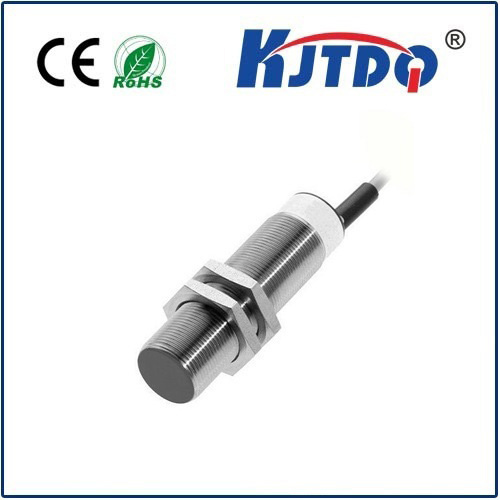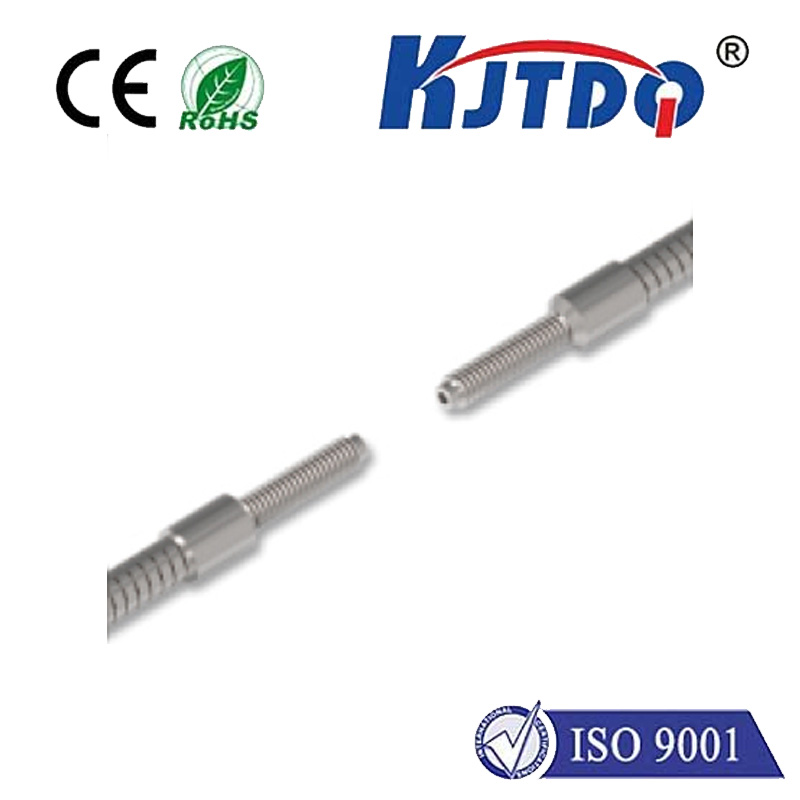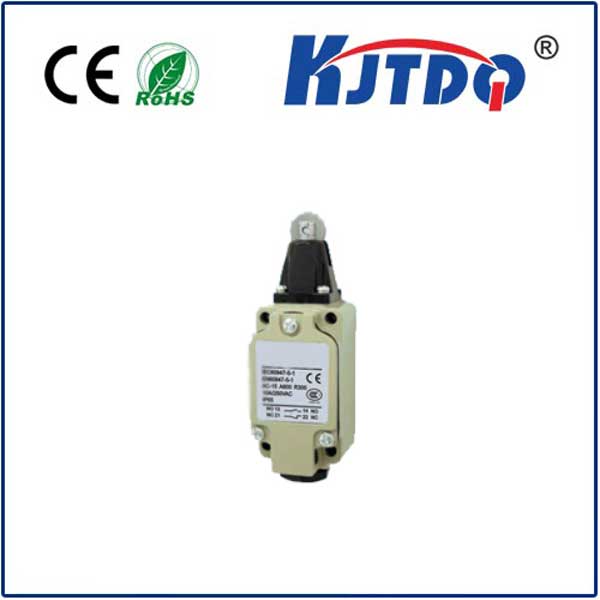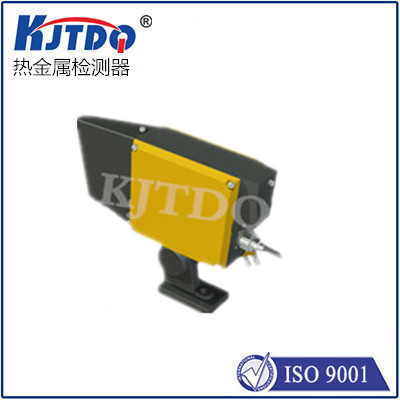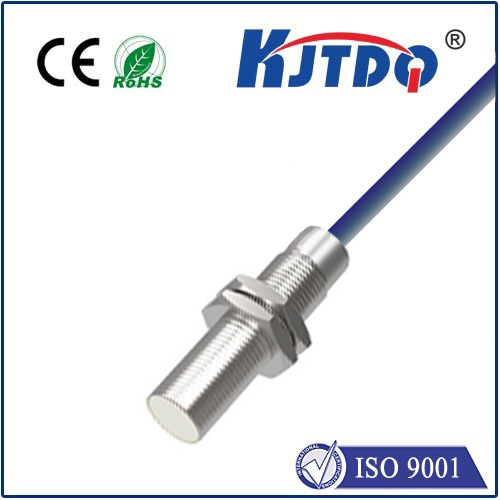retroreflective infrared photoelectric sensor
- time:2025-09-10 17:22:48
- Click:0
The Unsung Hero of Automation: Unlocking the Power of Retroreflective Infrared Photoelectric Sensors
Imagine a bustling warehouse where packages zip along conveyor belts, automatically sorted by size and destination without a single human hand touching them. At the heart of this seamless operation, often unnoticed, are retroreflective infrared photoelectric sensors. These ingenious devices are fundamental building blocks in countless automated processes across diverse industries, providing reliable, non-contact object detection with remarkable precision and speed. Understanding how they work and where they excel reveals why they remain a cornerstone technology in modern automation.
Demystifying the Technology: A Beam, a Reflector, and Sharp Detection
A retroreflective infrared photoelectric sensor operates on a brilliantly simple yet highly effective principle. It consists of two main components housed within a single unit:
- Emitter: An infrared (IR) light-emitting diode generates a focused beam of invisible infrared light.
- Receiver: A phototransistor or photodiode sits adjacent to the emitter, waiting to detect the emitted IR light.
The magic lies in the third critical element, positioned opposite the sensor unit:
- Retroreflector: This specialized target is designed to reflect light directly back along its original path, regardless of its angle of incidence (within its specified acceptance angle). Think of it like a bicycle reflector – it sends light straight back towards the source.
Here’s the fundamental operation:

- Beam Transmission: The emitter sends out a constant or pulsed beam of infrared light towards the retroreflector.
- Reflection: The retroreflector catches the IR beam and efficiently bounces it directly back to the receiver housed in the same sensor unit.
- Stable State: When the beam path is uninterrupted, the receiver detects the reflected signal strongly. The sensor interprets this as the “no object” or “beam present” state.
- Object Detection: When an object passes between the sensor and the retroreflector, it interrupts the infrared beam. The receiver stops detecting the reflected light.
- Signal Change: This loss of signal triggers the sensor’s output (e.g., switches from ON to OFF, or OFF to ON, depending on configuration), signaling the presence of the object.
This configuration offers a crucial advantage: simplified installation. Unlike through-beam sensors requiring separate emitter and receiver units wired on opposite sides of the detection zone, the retroreflective sensor combines both functions in one unit, paired with a passive reflector. This significantly reduces wiring complexity and installation time, a major practical benefit in many applications.
Where Retroreflective IR Sensors Excel: Key Applications
The combination of reliable detection, moderate sensing ranges (often up to several meters), and simplified installation makes these sensors incredibly versatile:
- Object Presence/Absence Detection: The most common application. Detecting boxes on conveyors, bottles on filling lines, parts entering a machine, pallets at loading docks, or vehicles on assembly lines. Their robustness makes them suitable for harsh industrial environments.
- Counting: Registering items as they pass through the beam - counting bottles, cans, packages, or components.
- Position Verification: Confirming a part is in place before a machine cycle begins (e.g., robotic welding, press operation).
- Edge Detection: Locating the edge of materials like paper, film, textiles, or metal sheets in web processing.
- Gate & Door Control: Detecting objects or personnel for automatic door opening/closing or safety interlocks.
- Sorting Systems: Triggering diverters when an object breaks the beam on a sorting conveyor.
- Packaging Machinery: Verifying carton flaps are open, detecting product presence before sealing, checking case erections.
Why Choose Retroreflective Over Other Types? Key Advantages
While diffused and through-beam sensors have their places, retroreflective offers distinct advantages for many scenarios:
- Simplified Installation & Wiring: Only one active unit needs power and output wiring; the reflector is passive. This translates to significant cost and time savings, especially in large installations.
- Good Sensing Range: Offers longer ranges than diffused sensors (which detect objects by bouncing light off them), often comparable to smaller through-beam setups, without the need for separate receiver power and wiring.
- Reliable Detection: Provides strong, reliable detection of objects that interrupt the beam path. Less susceptible to issues caused by the color or surface finish of the detected object compared to diffused sensors, as detection relies on beam interruption, not reflection quality from the target.
- Cost-Effectiveness: Generally more economical than through-beam sensors due to the use of a single electronic unit.
Important Considerations for Optimal Performance
To ensure reliable operation:
- Proper Alignment: The sensor and reflector must be accurately aligned. Even though retroreflectors are forgiving, misalignment beyond the specified limits can weaken the signal or cause failure.
- Reflector Maintenance: Keep the reflector clean. Dust, dirt, or damage will degrade performance. Many reflectors have protective covers or are designed for easy cleaning.
- Target Characteristics: While generally good with various object colors and surfaces (as it detects interruption, not reflection), highly transparent objects or small objects might sometimes be missed if they don’t significantly block the beam. Very shiny objects could potentially reflect enough light to cause false triggering if positioned incorrectly (though less common than with diffused sensors).
- Environmental Factors: Heavy dust or fog can scatter the beam, reducing range or causing false triggers. Sensors with modulated infrared light (pulsed at a specific frequency) are highly recommended, as they allow the receiver to distinguish the sensor’s signal from ambient light, vastly improving immunity to interference. Selecting models with an Environmental Resistance (ER) rating is crucial for dusty or washdown environments.
The Evolving Role: Integration and Intelligence
Modern retroreflective IR sensors are not static. They incorporate intelligent features like:
- Adjustable Sensitivity: Fine-tuning to ignore small background objects or compensate for dirty optics.
- Time-Delay Functions: Preventing bounce or short interruptions from causing false signals.
- IO-Link Compatibility: Enabling smart diagnostics, remote parameter setting, and seamless integration into Industry 4.0 data networks for predictive maintenance and process optimization. This connectivity significantly enhances their value.
- Laser Models: Offering extremely precise detection for tiny objects or applications requiring a very concentrated beam spot.
A Foundational Technology with a Bright Future
From ensuring packages are correctly sorted to guaranteeing worker safety near machinery, retroreflective infrared photoelectric sensors are indispensable workhorses in the automated world. Their blend of reliability, straightforward implementation, cost-effectiveness, and increasing intelligence ensures they remain a vital detection solution. They exemplify how a well-understood physical principle, applied ingeniously, delivers consistent, high-performance results that keep industries moving efficiently. As automation grows ever more sophisticated and connected, the humble retroreflective sensor will continue to adapt and play a vital role in the factories and systems of tomorrow.






